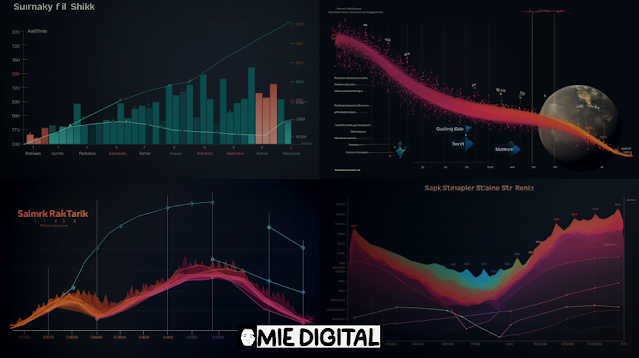what is Starlink?
Starlink is a satellite constellation project developed by SpaceX, the aerospace company founded by Elon Musk. It aims to provide global broadband internet coverage by deploying thousands of small satellites in low Earth orbit (LEO). These satellites are designed to create a network that can deliver high-speed, low-latency internet access to users around the world.
The Starlink satellites are relatively small and lightweight, allowing them to be launched in large numbers. As of my knowledge cutoff in September 2021, SpaceX has already launched hundreds of Starlink satellites, with plans to deploy thousands more over the coming years.
To access the internet via Starlink, users need a satellite dish terminal, known as the Starlink Dish, which is installed at their location. This terminal communicates with the Starlink satellites in orbit to establish an internet connection. The system uses advanced phased-array antennas and advanced beamforming technology to maintain connectivity as the satellites move across the sky.
One of the key advantages of the Starlink system is its potential to offer high-speed internet access with low latency. By placing the satellites in low Earth orbit, the round-trip time for data transmission can be significantly reduced compared to traditional satellite internet systems, which often rely on satellites in geostationary orbit. This low latency makes Starlink more suitable for applications that require real-time communication, such as video conferencing, online gaming, and remote work.
Starlink has garnered significant attention due to its potential to address the digital divide, particularly in rural and underserved areas where traditional internet infrastructure is limited. The project aims to bring reliable and affordable internet access to regions where it was previously inaccessible or unreliable, thereby bridging the gap in connectivity and enabling economic and educational opportunities.
It's important to note that the information provided here is based on the knowledge available up until September 2021. Since then, there may have been further developments or changes in the Starlink project.
what are the purpose of Starlink
The purpose of Starlink, a satellite constellation project developed by SpaceX, is to provide global broadband internet coverage. The project aims to bridge the digital divide by offering high-speed, low-latency internet access to underserved and unserved areas around the world. Here are some key purposes and benefits of Starlink:
- Global Internet Access: Starlink aims to provide internet connectivity to remote and rural areas that currently have limited or no access to reliable internet services. By deploying thousands of small satellites in low Earth orbit, Starlink aims to create a global network that can deliver broadband internet to even the most remote locations.
- Bridging the Digital Divide: Access to the internet has become increasingly important for education, business, healthcare, and communication. However, many regions, particularly in rural and developing areas, lack adequate infrastructure for reliable internet access. Starlink intends to address this gap by providing affordable and accessible internet connectivity to underserved communities, thereby bridging the digital divide.
- Low Latency and High Speeds: Starlink's satellite network is designed to offer low latency, which refers to the delay between sending and receiving data. This low latency is achieved by placing the satellites in low Earth orbit, resulting in faster and more responsive internet connections. Additionally, Starlink aims to provide high-speed internet, enabling users to stream media, participate in video conferences, and access online services seamlessly.
- Disaster Relief and Emergency Services: In areas affected by natural disasters or other emergencies, traditional communication infrastructure can be severely damaged or overwhelmed. Starlink's satellite network can provide a reliable communication link, enabling emergency response teams, relief organizations, and affected communities to connect with each other and access critical information during such situations.
- Research and Scientific Applications: Starlink's network has the potential to support various research and scientific endeavors. It can facilitate data transmission and communication for scientists in remote locations, support environmental monitoring, assist in wildlife conservation efforts, and enable remote sensing applications.
- Revenue Generation for SpaceX: The Starlink project also serves as a revenue-generating venture for SpaceX. By providing broadband internet services globally, SpaceX can generate revenue from customers subscribing to the Starlink service. This revenue can further support SpaceX's ambitious projects, such as the development of advanced space technologies and space exploration missions.
- Overall, the purpose of Starlink is to leverage satellite technology to create a global broadband network, enabling reliable and affordable internet access for underserved regions, improving connectivity, and fostering economic and educational opportunities worldwide.





